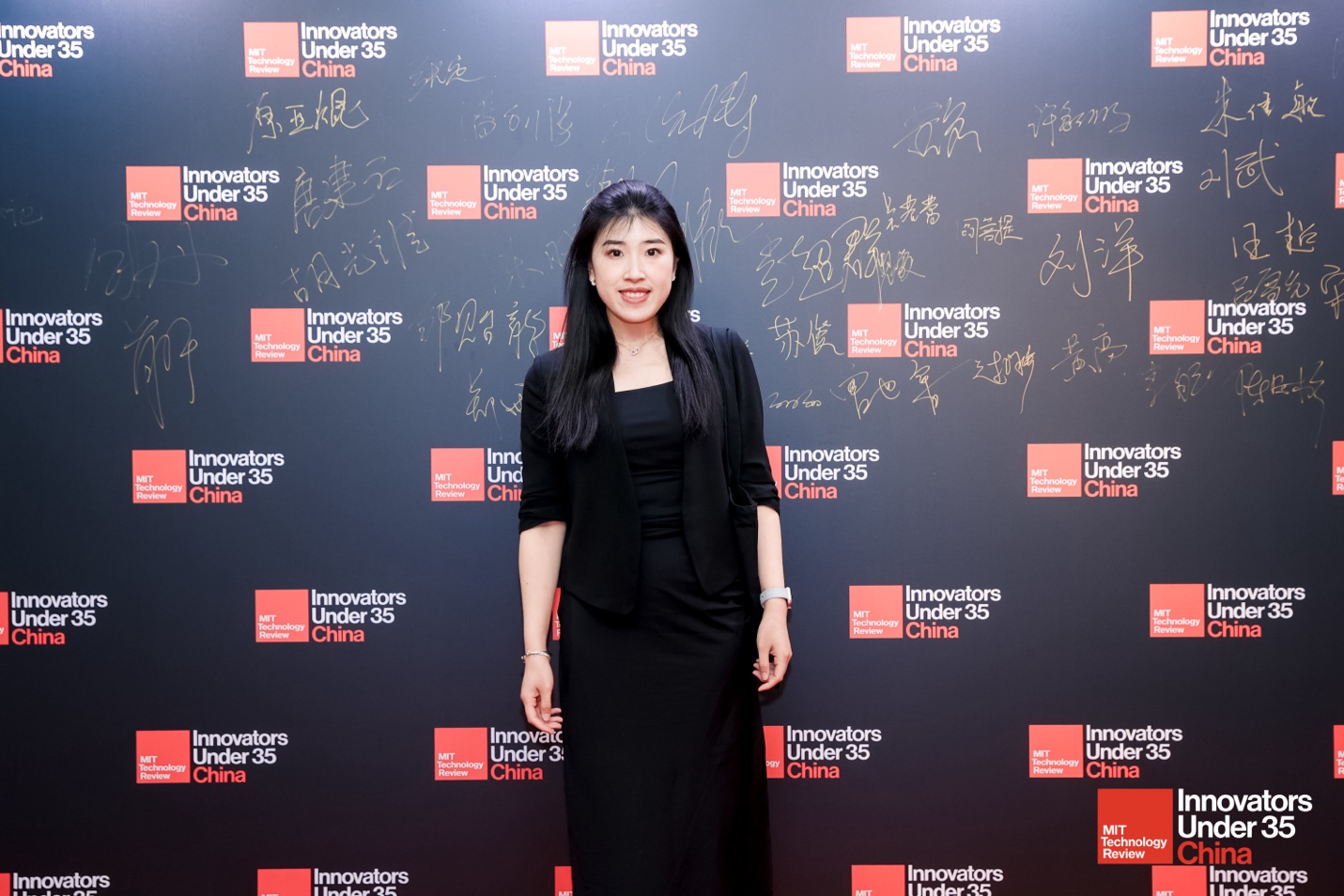Shi Chen’s solar power modelling has earned international accolades. The postdoctoral researcher says that deploying solar in Asia and the Middle East first could speed up decarbonization.
The use of solar power increased 30-fold between 2009 and 2019, while its cost of generation has fallen by 90%1. Recently this growth has accelerated further, with new solar power installations increasing 87% globally between 2022 and 2023.
In China — the world’s largest emitter of greenhouse gases — wind and solar power are currently the most cost-competitive renewable energies and “will likely be the dominant force in the next decade or two,” says former Tsinghua University environmental engineer, Shi Chen. “Also, China has a very mature supply chain.” In fact, China added as much solar power in 2023, as the entire world did in 2022.

Environmental engineer Shi Chen successfully defended her modeling of the two-way interaction mechanism between solar capacity and the environment during the final stages of her Ph.D. at Tsinghua University in 2021.
Chen is now a postdoctoral researcher at the Carnegie Institution for Science in Palo Alto, California, United States. She creates computational and statistical models to optimize global solar power strategy using big data — a method she deployed during her graduate days studying for a doctorate at Tsinghua between 2017 and 2021.
Although still early in her career, Chen has already won accolades for her work, including being named as one of MIT Technology Review’s Innovators under 35 in 2022 — trailblazers who are “changing the future of science and technology.”
The aim, she says, is to provide decision-makers with information that will help them “capitalize on the benefits while preparing for potential risks” in the forthcoming climate and energy transition, so that they can create “tailor-made climate solutions that are suited to local conditions and needs”.

Shi Chen was named one of the MIT Tech Review’s Innovators under 35 in 2022 for the creation of a series of models that assess multi-dimensional solar power potential based on spatial big data with the aim of encouraging regional cooperation and speeding up decarbonization.
Less than 2.4 US cents
Since 2019, she and her colleagues have been keen to assess how the cost of solar power would stack up against coal — China’s long-dominant energy source — given the recent price declines of solar photovoltaic panels and storage systems, such as lithium-ion batteries.
They created a model, integrating multiple spatiotemporal and economic data, including hourly temperature and solar radiation measurements spanning six years, multiple solar panel configurations, as well as land slope gradients and other topological constraints.
Their analysis , published in PNAS, led the team to conclude that a combined solar power and storage system, if deployed at predicted expansion rates, has the potential to meet nearly 45% of China’s energy demand in 2060, for less than 2.5 US cents (CN¥0.18) per kilowatt hour2.
In a subsequent study3, Chen and her colleagues demonstrated how poor air quality is closely linked to the performance of solar panels. Their model revealed that after the introduction of stringent air-pollution control policies in China in 2004, solar power output improved from 2008 onwards, with the rate of improvement of solar PV performance as high as 1.7% in 2020 compared to the pollution conditions of 2008.
Chen’s research spans beyond China and the benefits of solar power. She’s also explored the deployment of wind power and green hydrogen in India4, as well as decarbonization along China’s Belt and Road Initiative 5 — a sprawling network of government-sponsored infrastructure projects across more than 150 countries.
Shining a light on strategy
But the work that Chen is most proud of is a study that analyzes where future solar panels should be manufactured and installed to maximize global carbon mitigation. Her team’s calculations revealed that deploying new installations first in regions such as the Middle East and Asia, while manufacturing these panels and those being installed in other regions in Europe and North America, will bring about the greatest net mitigation effect — releasing 97.5 gigatons fewer emissions between 2020 and 2060, compared with other scenarios6.
“If we prioritize installation in those regions, the greenhouse gas mitigation benefit will be higher than if we stick to say the US or China, because for these regions, the power grid is already pretty clean by comparison,” explains Chen.
Targeted deployment of solar power in developing regions will bring about extensive co-benefits. These include providing affordable and clean power for people without electricity access, and reducing air pollution and its associated health problems. “For me, trying to achieve synergy between climate mitigation and other sustainable development goals is truly exciting,” she says.
Finding the right path
Chen’s passion for her chosen field stems from her days growing up in Jilin Province in northeastern China. “When I was in high school, there was very serious air pollution,” she recalls. “We would wear masks, which would change color from white to black from pollution when I returned home. It was also very foggy so you couldn’t see very far, and people felt kind of depressed because of the weather.” That’s why she decided to go onto study an environmental discipline, she explains.
The academic path, however, hasn’t always been plain sailing for Chen, she admits. One of the biggest lessons she’s had to learn is to accept rejection as part and parcel of a researcher’s journey, and not to take it too personally. Letting go of the need for perfection is another. “I used to be a person who is always chasing perfection in everything — I wanted to have the perfect data and the perfect methodology,” Chen says.
But such data was hard to find, and she says her supervisors would tell her: ‘Why don’t you use this approximation first to get the preliminary results, and we can go back and refine things?” she says. “This made me learn that you can’t worry about each step being perfect or you will be stagnant and won’t reach your destination.”
And the qualities needed for a successful researcher, according to Chen, are perseverance and curiosity. “You have to keep going even when things get difficult, and to keep asking yourself questions, keep reading and talking to people outside your field to gain inspiration,” she says. “But you have to remember to enjoy the journey too.”
Chen brings this wisdom with her to her second postdoc at Carnegie, which she began in January 2024. There, she hopes to “move slightly outside her comfort zone” and explore related areas in climate change challenges — for instance studying carbon capture and storage, and better understanding bottlenecks in sectors such as steel, shipping, and petrochemicals.
“Climate change is real and a very pressing problem,” she says. “Which is why I’m super excited to be in this field.”

Shi Chen is now continuing her research at the Carnegie Institution for Science, based in Palo Alto in California, United States.
References
1. Lu, X. et al. PNAS. 118, e2103471118 (2021).
2. Haegel, N. M. et al. Science. 364, 836-838 (2019).
3. Chen, S. et al. One Earth. 5, 550-562 (2022).
4. Song, S. et al. iScience. 25, 104399 (2022).
5. Chen, S. et al. Joule. 3, 1895-1912 (2019).
6. Chen, S. et al. Commun Earth Environ. 4, 369 (2023).





